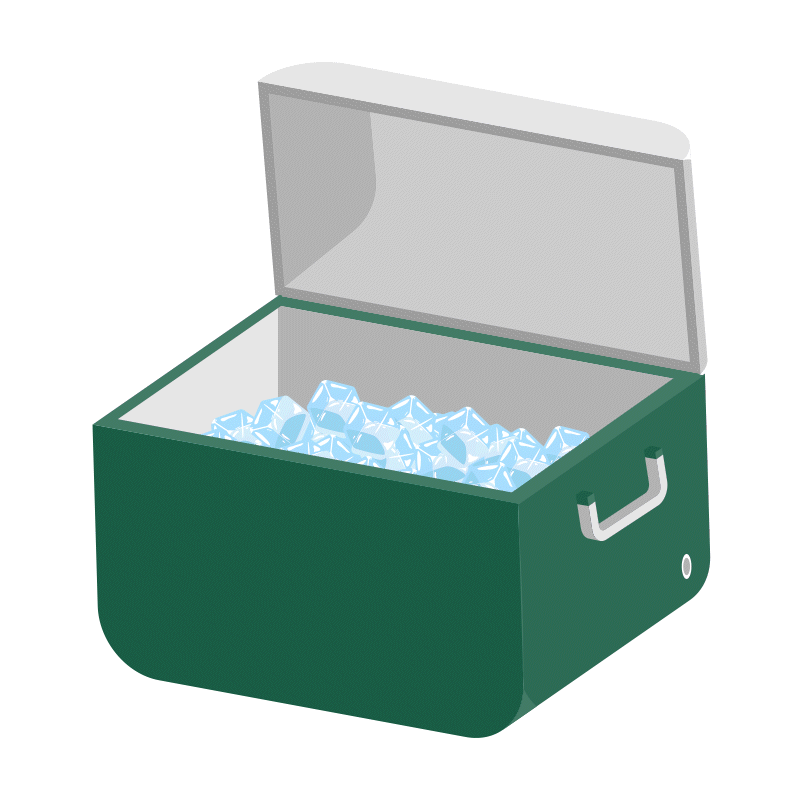
When attrition is mentioned, the first things that often come to mind are retention strategies: lower pricing, customer service, predictive attrition, and integration. But what if the focus was on new account strategies rather than retention? Attrition is, unfortunately, inevitable. When left unmanaged and removed from an active sales channel, a merchant portfolio will eventually attrite to zero. As for an actively managed portfolio, the goal is not only to replace attrited merchants but also to slow future attrition.
From a quantitative view, earning new sales and acquisitions is a numbers game. Sales teams must meet quotas to achieve their goals, but what if the quota didn’t simply boil down to obtaining a set number of accounts? Portfolio growth is no longer as simple as the number of new accounts acquired. Quality accounts within a portfolio are dependent on maintaining growth and mitigating attrition. So, where does one begin? You guessed it, Quality Account Sales Strategies.
Ice Chips and Ice Cubes
Imagine an ice chest with a drainage spigot. The chest will fit, at maximum, roughly 8 million ice cubes which is approximately the same number of U.S. card-accepting merchants. The size and the shape of the ice used is up to the one who fills it, but one thing is sure, the ice will eventually melt. In this scenario, the goal is to accumulate the most ice possible over time, knowing that loss is certain. Therefore, replenishing the chest with fresh ice is required to accomplish the goal. So, what type of ice is filling the chest?

For the simplicity of this association, there are two types of ice: chips and cubes. Ice chips are small, rough, and melt fast. Ice chips will fill the chest and accumulate over time, but faster melting ice requires rapid replacement. Lower quality merchant accounts are the equivalent to ice chips, and they usually share a few characteristics: smaller in size and in less stable or slower-growing industries. Additionally, smaller merchants are twice as likely to attrite in the first year than larger merchants. Merchants with less than $250,000 in annual credit/debit volume attrite at an annual rate of 21%, whereas merchants with $1M-$10M attrite at a 10% clip.
Ice cubes are larger, uniformed, and slower to melt, meaning they will remain in the chest longer than chips. If you haven’t guessed it by now, ice cubes represent quality accounts, which are slower to attrite and provide longer-term revenue to a portfolio. In addition, quality accounts possess certain traits: market differentiating solutions, higher volume, and stable or high organic growth industries. For example, after controlling for account size, a merchant in the Personal Services industry attrites at a 5% higher rate than a merchant in the Utilities vertical.
Slowing the Attrition Drip
As the ice melts and turns to water, similarly, an active merchant eventually attrites. The inevitable drip from the spigot of the ice chest is portfolio loss from attrition; however, there are other ways to slow the attrition drip. Retention programs, predictive attrition, availability of new value-added services or offerings are examples of retention strategies that occur after a merchant is boarded to a portfolio. In addition, targeting quality accounts that attrite at a slower rate is a proactive strategy that drives future performance by slowing the attrition drip.
There is no one answer to the attrition problem, but a Quality Account Sales Strategy is where it starts. If you were to fill the chest at the same rate, the impact of ice chips and cubes influences attrition adversely or favorably, respectively. The takeaway; formulate Quality Account Sales Strategies to improve your portfolio attrition drip.
The Strawhecker Group’s Acquiring Industry Metrics (AIM) platform provides key, comparable acquiring performance metrics that allow strategic analysis to identify quality industry segments to formulate a Quality Account Sales Strategy. Ask how TSG can assist in identifying your strategic segments.
More About AIM
TSG recently provided its AIM members an exclusive Headline Report, Utilizing Sales Strategies to Reduce Attrition (members login here to download).
How are you dealing with attrition? Let’s discuss some key insights from the report and talk about how AIM can help build your strategy for 2022.

By Josh Istas, Senior Director of Analytics